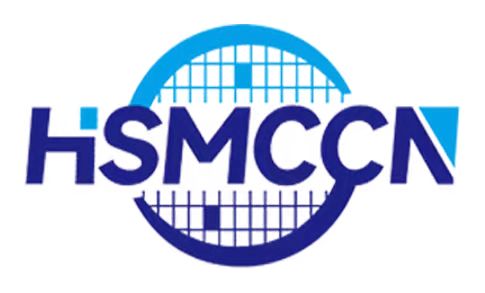
Privacy statement: Your privacy is very important to Us. Our company promises not to disclose your personal information to any external company with out your explicit permission.

Crafted from premium Handbag processes, it is carefully crafted and Leather bag processes ensures long-lasting quality and exceptional usability. We are a professional Leather bag OEM company, carefully crafting details to ensure high quality. Professional Handbag OEM, choose us, more worry-free and more assured.
A transformational shift is underway in the leather goods industry. As environmental awareness grows and consumers demand higher-quality leather products, untanned leather technology has emerged as a groundbreaking innovation, presenting unprecedented opportunities for development. This technology not only overcomes the limitations of traditional tanning processes but also enhances environmental sustainability and product quality, steering the leather goods industry towards a greener and more sustainable future.
The development of untanned leather technology represents a significant breakthrough in the classic crosslinking tanning paradigm. In traditional tanning processes, tanning agents play a crucial role, interacting with the collagen in leather to confer desired properties such as softness, durability, and water resistance. However, the use of these agents often leads to environmental pollution and potential health hazards. Untanned leather technology aims to address these issues by eliminating the need for tanning agents.
The core principle of this technology lies in reinterpreting the tanning process as a controlled dehydration of collagen. Through extensive research on the structure and properties of collagen, researchers have developed a novel approach that enables effective control over the dehydration process without the use of any tanning agents. This approach not only preserves the integrity and natural beauty of the leather but also enhances its performance characteristics.
Moreover, the integration of leather collagen surface/interface modification techniques further enhances the effectiveness of untanned leather technology. These techniques involve fine-tuning the surface properties of the leather, improving its appearance, feel, and durability. This not only elevates the quality of the leather goods but also allows for greater customization and personalization, catering to the diverse needs of consumers.
As untanned leather technology continues to mature and gain widespread adoption, more and more leather goods manufacturers are embracing this innovation. The elimination of tanning agents and other harmful chemicals significantly reduces wastewater and emission generation during production, minimizing environmental impact. Additionally, the simplified production process results in improved efficiency and cost-effectiveness.
Furthermore, untanned leather technology aligns with the growing consumer demand for environmentally friendly and healthy products. Traditional tanning processes may introduce potentially harmful substances, whereas untanned leather products eliminate these risks, aligning with modern consumer preferences for eco-friendly and healthy options.
In the market, leather goods produced using untanned leather technology have received a warm welcome from consumers. An increasing number of consumers are prioritizing environmental performance and quality when making purchasing decisions, willing to pay a premium for leather goods that are more environmentally friendly and healthier. This presents significant market opportunities and growth potential for leather goods manufacturers.
However, the widespread adoption of untanned leather technology still faces some challenges and obstacles. These include ensuring quality control and standardization in the production process, as well as further reducing production costs and improving efficiency. Nevertheless, with continued technological advancements and market expansion, these issues are expected to be gradually addressed.
Looking ahead, untanned leather technology is poised to become the mainstream trend in the leather goods industry. As consumer demand for environmental protection and quality continues to rise, leather goods manufacturers will increasingly invest in research and development to adopt untanned leather technology, driving the industry towards a greener and more sustainable future. Moreover, government and societal support for environmental technologies will further facilitate the green transformation of the leather goods industry.

Privacy statement: Your privacy is very important to Us. Our company promises not to disclose your personal information to any external company with out your explicit permission.

Fill in more information so that we can get in touch with you faster
Privacy statement: Your privacy is very important to Us. Our company promises not to disclose your personal information to any external company with out your explicit permission.